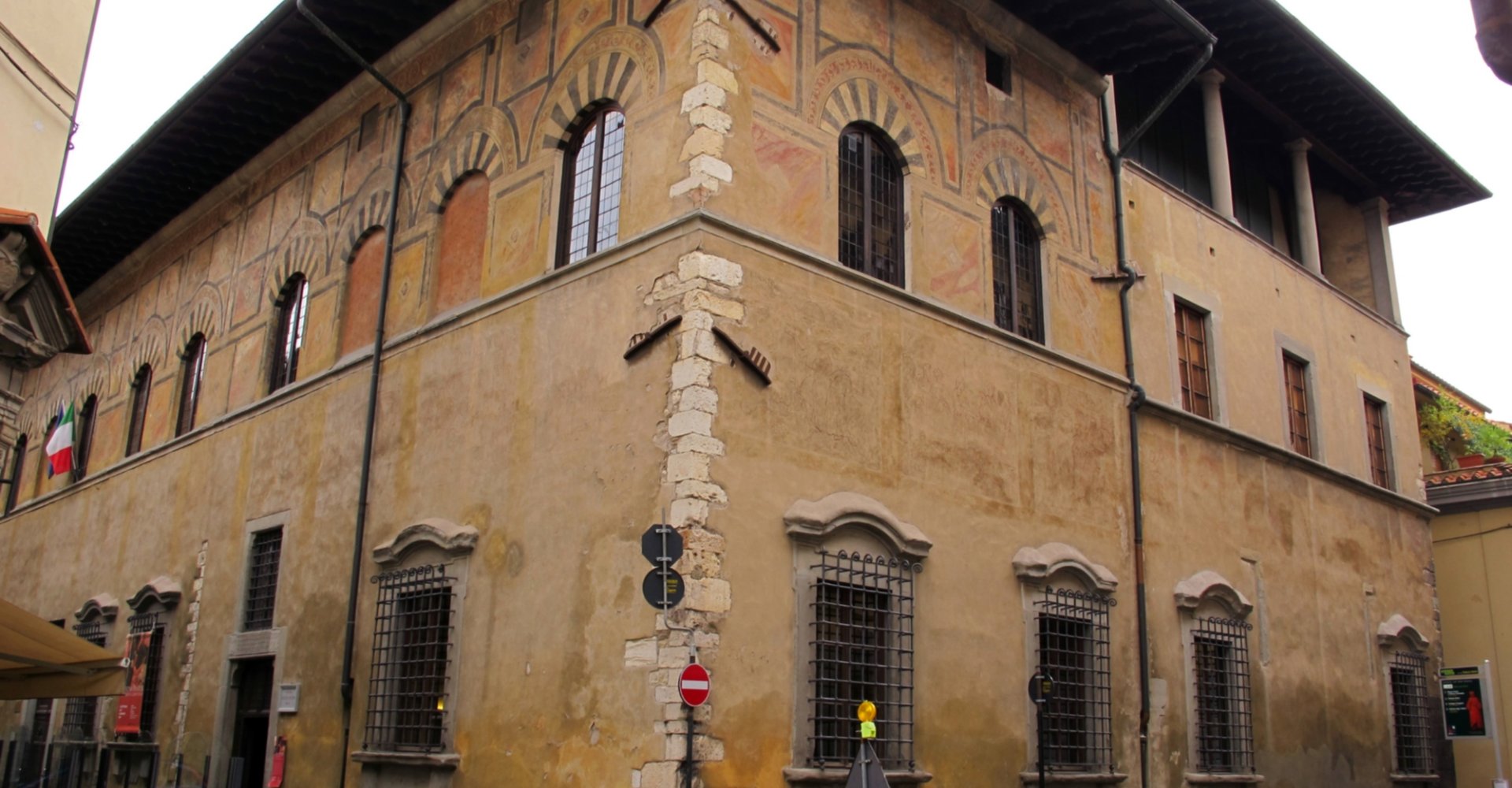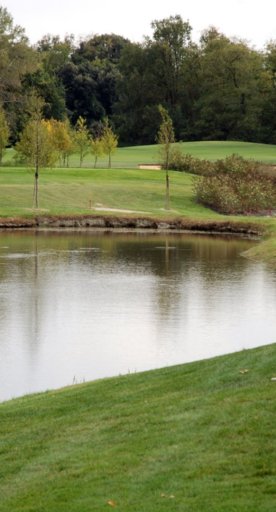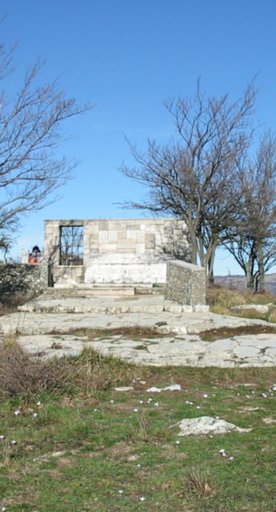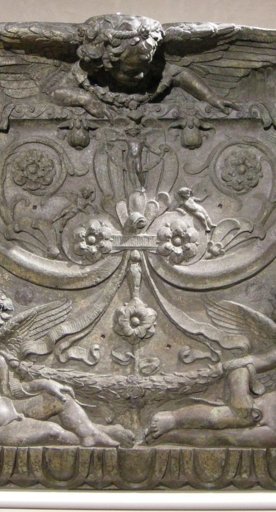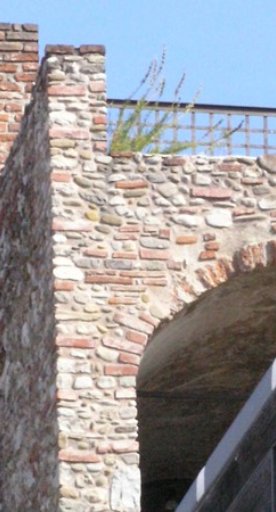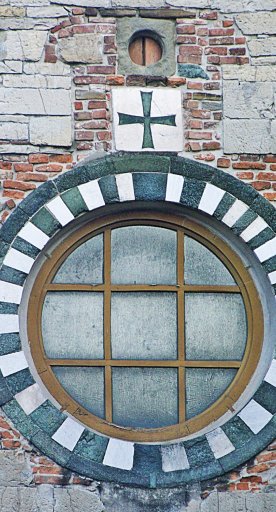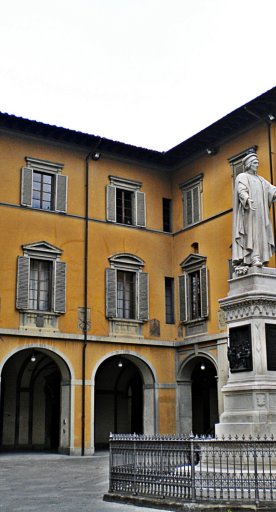Palazzo Datini in Prato
A glimpse at medieval commerce
Francesco Datini was one of the richest merchants of his time. Thanks to his commercial activities—selling weapons, jewels and spices—he was able to widen his trading potential and make use of primary trade routes, expanding his markets to include wool and textiles from Prato. His company, dedicated to textiles and financing, had branches in Italy and abroad, including the entire Mediterranean region and Egypt.
Palazzo Datini in Prato is located near ‘Porta Fuia’ and it was the merchant’s main headquarters and it hosted many illustrious figures such as members of the Gonzaga Dynasty and the King of Sicily, Luigi II d’Angio.
Purchased in 1354, the palace’s decoration was entrusted to painter Niccolò di Pietro Gerini and his workshop in 1390. It is to him that we owe the palace’s famed ‘Saint Christopher’ and the fresco cycles that grace its court. In the other rooms, you’ll find works by other painters like Agnolo Gaddi, Niccolò Gerini, Bartolomeo di Bertozzo and Tommaso del Mazza.
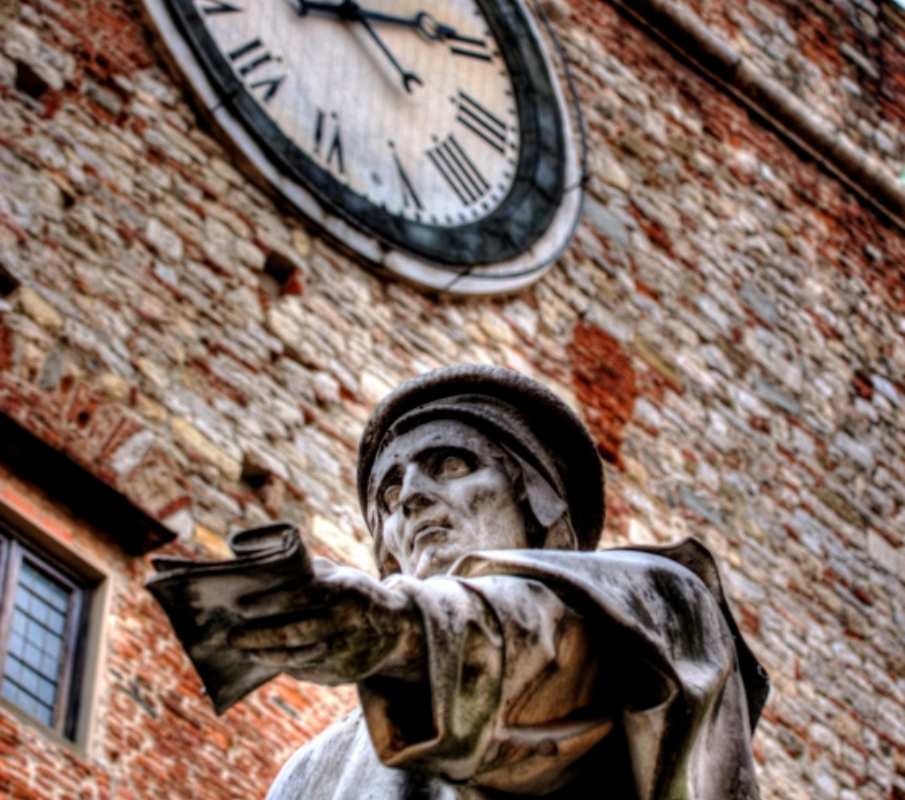
From the main door, you’ll reach a corridor that leads to the palace’s Hearing Room. Its courtyard hosts a well and a portico with two naves. The palace’s second portal leads to the State Archives where Datini’s correspondence and mercantile registers are currently preserved. After the merchant’s death, all of his documents—including textile samples—were hidden inside the palace walls, only to be rediscovered in the XIX century.
Palazzo Datini still remains the headquarter of the charity association. It provides a rare example of late gothic architecture and was frescoed after Datini’s death. Visitors will enjoy the Francesco Datini Home-museum on the ground floor where they can admire splendid paintings commissioned by the famed merchant. Part of the building hosts the State Archives which stores documents and records from 1361 to 1411; Datini’s collection includes a total of 150,000 letters. This unique series of documents showcases mercantile, industrial and banking activities in the fourteenth century. Datini was particularly inspired by the Friars of Saint Francis and it is not by chance that his tomb, created by Niccolò di Pietro Lamberti, can be found in their local church.
